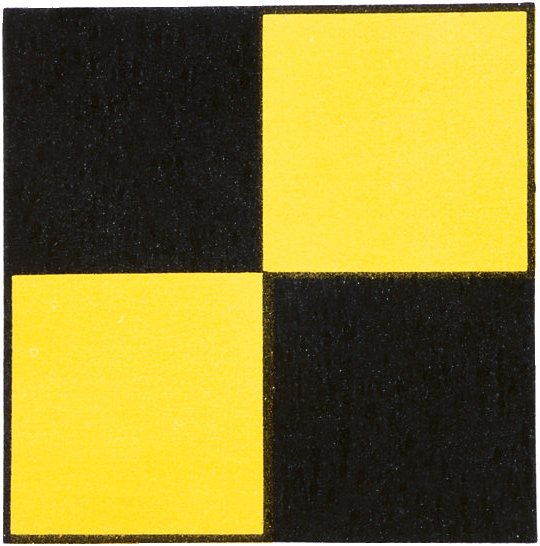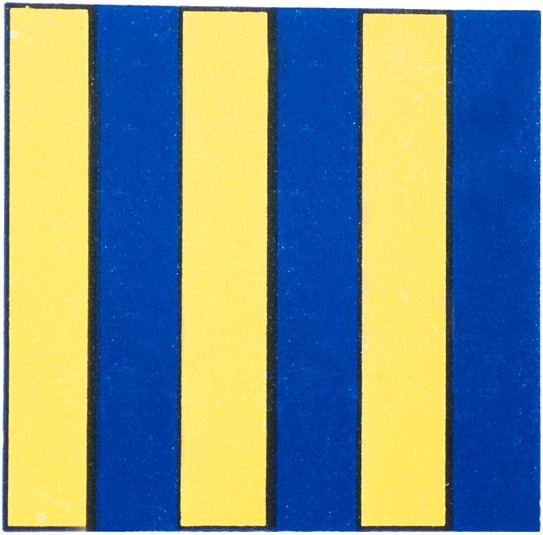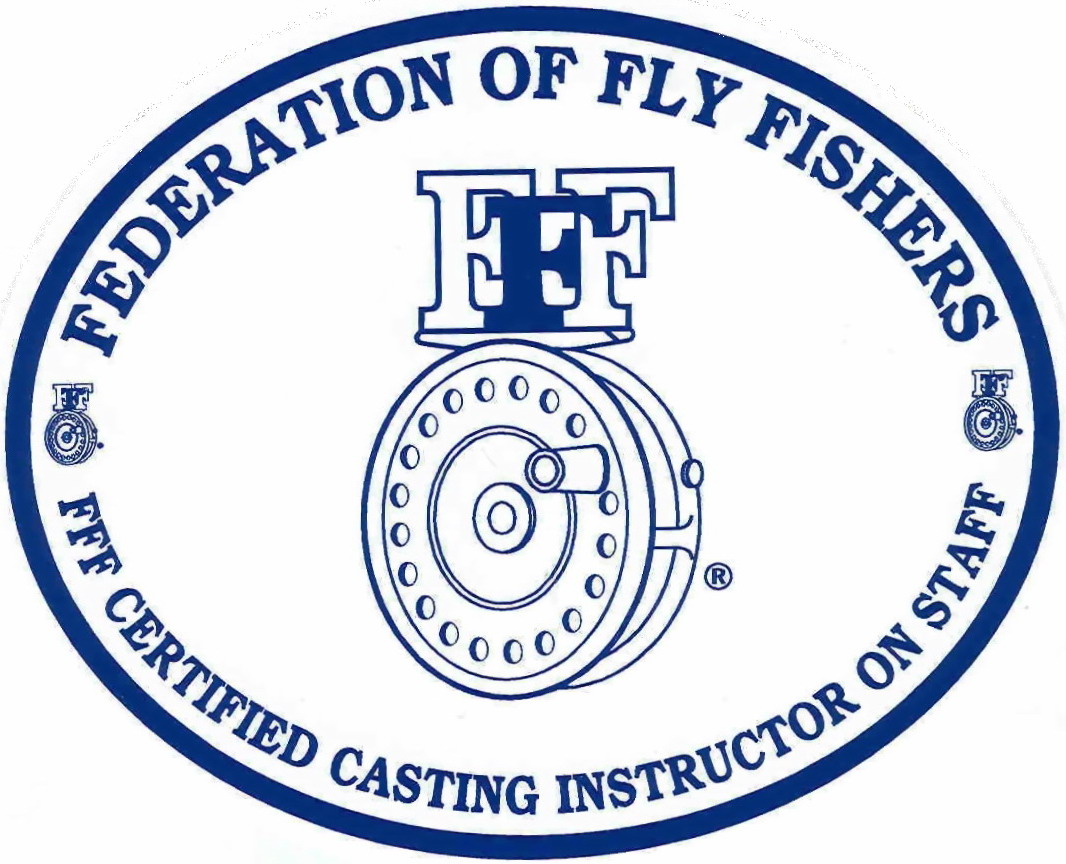Speed Up Your Casting to be Successful
by Captain Jim Barr on 02/18/13
I see many anglers on my boat as well as on other boats who take way too many false casts. From my experience the average fly caster in a "no to low" wind speed environment, will take 5 false casts before they present the fly. I see many fly casters take up to TEN false casts before the fly gets wet. There are many variables that occur in saltwater fly fishing that have a bearing on casting. Wind, waves, a rocking boat, another angler or captain that may be in the way of the backcast, fish you are targeting that are to your unfavored casting side, just to name a few. Many anglers don't start the cast with enough line outside the tip to start loading the rod with the first false cast, others cannot generate enough line speed quickly enough to load the rod and create that ideal narrow loop to punch through a gnarly wind. Let's experiment how long it takes you to deliver a fly 60 feet to a target. (That's about an average distance in most saltwater fly fishing). In your backyard, a park, or ball field, set out a 60 foot target. Take a friend with you who can time how long it takes for you to present the fly to that target. Conduct two experiments, one using a trout rod setup up with a 4-6 weight rod. The other experiment using an 8-10 weight rod. Use a weight forward floating line in both experiments. For the purposes of this exercise let's define one "false cast" as a linked backcast and forward cast, where you do not present the fly. When you reach the point where you feel you are ready to make the final cast to your target do not count that last backcast and the forward cast as a "false cast". Let's start the experiment with only ten feet of fly line outside the tip in addition to a 7 foot leader and have that line/leader on the grass or water immediately in front of you. Begin your false casts to prepare for hitting the 60 foot target while your friend times and counts the number of false casts you need to present the fly to your target.
I will hazard a guess and say that it will take the average fly caster a minimum of 5 "false casts" (as we have defined) before you are ready to present the fly to your target. Another guesstimate, those 5 false casts plus the final backcast and presentation cast will take 7-8 seconds. Many of you may be in the 8 false cast range, that requires about 15 seconds elapsed time before you present the fly.
Keep your numbers in mind as you rejoin this discussion.
Trout Scenario: In the trout stream we are targeting a rising trout in pocket water, in a riffle or in a glide. Duns are being carried down the stream drying their wings and the trout is rhythmically rising to those bugs, taking some and letting others pass by. In this environment we have a fish that doesn't move much beyond the diameter of a hula hoop, perhaps a bit larger, but in a fairly confined area. (You know where I'm going here I'm sure). We have several challenges to catch that fish. First, we have to be able to reach the fish- our cast has to be long enough. Second, we have to present the fly upstream (and without lining) of the fish so that the current will carry the fly to within the trout's "hula hoop". Third, we have to present the fly so we get as near as possible a natural "drag free" drift. To those of us who have been successful in this environment, getting the trout to take our fly can be very challenging, but that's what makes it fun.
In this scenario we generally want to take our time with our false casting to establish the optimal combination of these major challenges in order that we can get that fly to pass through the fish's feeding zone.
Saltwater Scenario: In the ocean the fishing environment has it's similarities to the trout stream, but there are many key differences that have a bearing on our success in catching Stripers, False Albacore and Bonito. (For the purposes of this discussion I will leave out the almighty Bluefish because he can mitigate the case I am trying to make!) Similar to the trout environment we are in many respects "matching the hatch" but with primarily bait fish patterns, and unlike the trout stream these critters are not bound by the banks of the stream. They swim in a vast environment, they are strong and in some cases very fast swimmers because their lives are heavily influenced by tide, current, sea state... and voracious Predators constantly on the hunt. As bait fish move singularly and in schools they are being hunted by their Predators. As the predators crash on the bait, the bait scatters in pods and darts in multiple direction swimming for their lives. The pace of activity below and sometimes on the waters surface becomes frantic and the SPEED at which the drama unfolds is what makes saltwater fishing so much fun and which makes it very challenging. You have singular predators and packs of predators swimming, crashing the surface making dramatic turns as the bait fish flee all at what often is at breakneck speed. This is particularly the case when targeting False Albacore and Bonito.
A trout's food source is generally brought to it by a conveyor belt- the movement of water downstream to the trouts feeding lies. With some exceptions, saltwater fish eat primarily by chasing down and ambushing their quarry. The Trout and most freshwater fish are essentially static, while the ocean fish is dynamic. As quiet and placid and even tempered as fresh water fishing can be most of the time, ocean fishing is generally a game on the opposite end of the urgency spectrum. Most freshwater fishing is to Baseball- as Striper, False Albacore and Bonito fishing, (and in some cases Bluefish) is to Hockey.
When casting to our rising (but essentially static) trout- we have the luxury of taking 5 to 10 false casts to get THE right presentation. In most saltwater fly fishing scenarios, we do not have the luxury of time to take 5 and more false casts (as we defined false cast). Stripers are always moving and although they are far from the fastest swimming fish in the ocean, when they are chasing schooling baitfish, the striper can swim upwards of 20 mph given the power of it's wide tail fin and muscular body. The Bluefish can swim faster than the Striper, and the False Albacore and Bonito can reach speeds up to 40 mph!
Getting back to our experiment. We stand a much better chance of keeping up with a speeding saltwater fish with a rifle than we do with a fly rod. Striped bass are primarily cruisers but if they can attain speeds of 20 mph, that means they can cover about 29 feet per second. The Bluefish is considerably faster than the Striper and when you consider that False Albacore and Bonito can reach speeds of 40 mph, that translates to nearly 60 feet per second. These are straight line speeds and only on rare occasions do these fish feed in straight line drag races, as the bait they are chasing can be anywhere from nearly stationary to very fast as they attempt to outrun and out maneuver their predators.
To be successful at expeditiously and accurately delivering your fly to a fast saltwater fish, you must be fast- Very Fast! If you are taking anywhere from 7 to 15 seconds to be able to accurately reach a 60 foot stationary target, add to that challenge a target that is potentially moving at 30 to 60 feet per second. In 7 seconds your striper can be over 200 feet away from where you first thought about casting to it and your False Albacore and Bonito are in the next football field over. If you are taking 15 seconds to deliver the fly in hopes of catching that fish you need to either find another sport or take some casting lessons and drink 10 cups of coffee- an hour. Urgency is key.
To be fair to the discussion however, not all saltwater fish are constantly swimming at these breakneck speeds and they all aren't 60 feet away, but they also aren't Mr. Trout. As a charter captain I get quite a number of freshwater fly anglers that hire me and fully expect to catch False Albacore, Bonito, Blues and Stripers on the fly. Many are basically good fly casters however now they are faced with a world very different from the sedentary rising trout, that lives in a relatively "controlled" environment. A place where the angler has firm footing, little or no wind or waves to deal with and who is casting super lightweight flyrod and line, with casting approaches that can be engineered by careful wading and strategic body positioning.
False Albacore, Bonito and Bluefish never stop swimming. In fact the False Albacore and Bonito must constantly swim at high speeds in order to stay live. If for instance one of these fish gets wrapped around a lobster pot line while you are playing it (or him you) it will die very quickly from it's inability to oxygenate.
To further complicate the puzzle, the angler must be able to make a variety of casts to not only their favored (strong side) but to their unfavored side in order to consistently catch these fish. Fish will break aside the boat, behind the boat, at near and distant ranges. They will cross from right to left and vice versa. If you cannot make instantaneous adjustments to the casting angle required, combined with the necessary distance and further combined with very fast presentations, your catch rate will suffer significantly.
The captains job is to put his guests ONTO fish, but he/she cannot make the cast for the angler. If you sense your captain's patience may be wearing a bit thin, it may be because of the frustration of first finding the fish, then jockeying for the optimal boat position with the competition, then dealing with the effects of wind, waves and current, a pitching boat, only to watch their guests fail to make the cast and be successful in hooking up.
Learn the Saltwater Quick Cast- This is a great cast that positions the angler in a "ready position" with adequate line outside the tip to facilitate the loading move, together with an additional 20 feet of line draped in loose coils over the fingers of the line hand. The rod is in a 45 degree upward angle ready for the cast. When the angler spots the fish he/she makes a quick back cast, releases the coiled line (but continues to pinch the fly), then makes a forward stroke and the tension of the line gently pulls the fly from the line hand, another backcast where he shoots line and then a 60 foot presentation- all in the manner of a couple of seconds. It's an easy cast to learn if you take the time in the back yard. When perfected you stand a much greater success in casting to and hooking these fast moving fish. The following link takes you to a You Tube video produced by Captain Chris Myers illustrating how to make this cast. http://www.youtube.com/watch?v=aQtjJ8LjNk0
So practice- practice- practice... that's the name of the game. Once the snow clears, get to work. Hire a professional casting instructor. Work at being able to make the 60 foot cast at different casting angles and with a bare minimum of false casting. Tie an empty plastic milk jug to a length of line and tie the line onto your dog's tail and have your friend chase the dog in the yard... great practice for fast saltwater fly casting! Just be sure your better half, the kids and the snoopy neighbors are gone when you try this training aid. Also both you and your dog should wear safety glasses!





